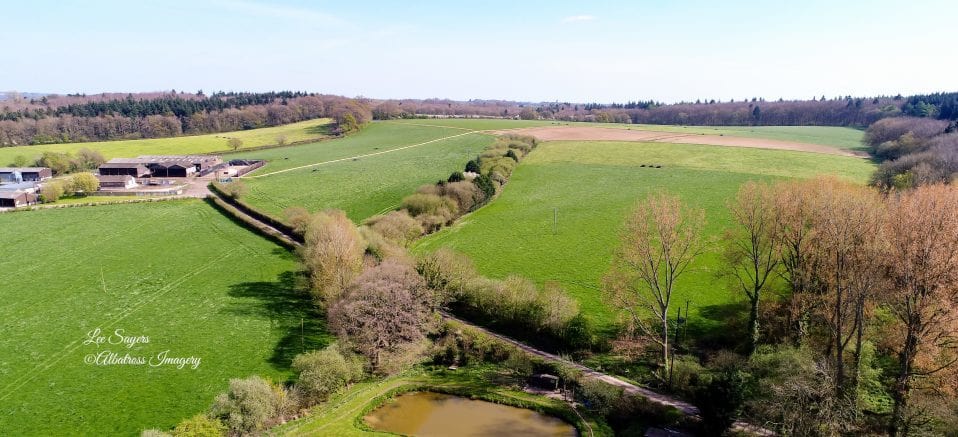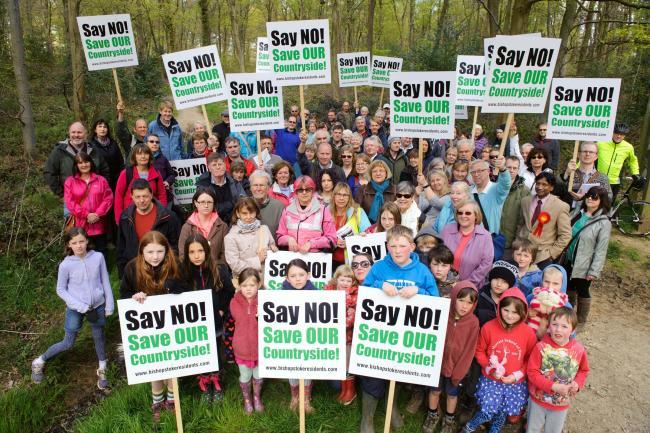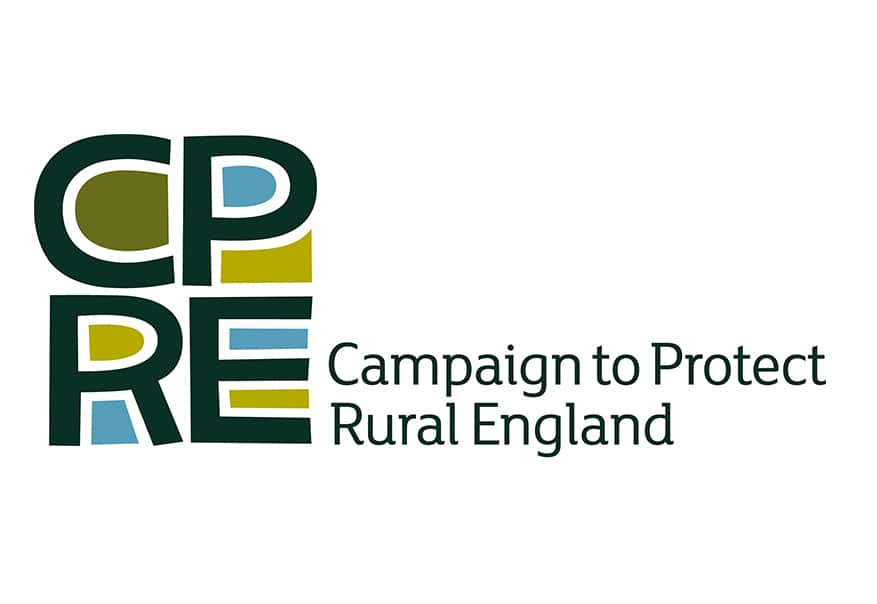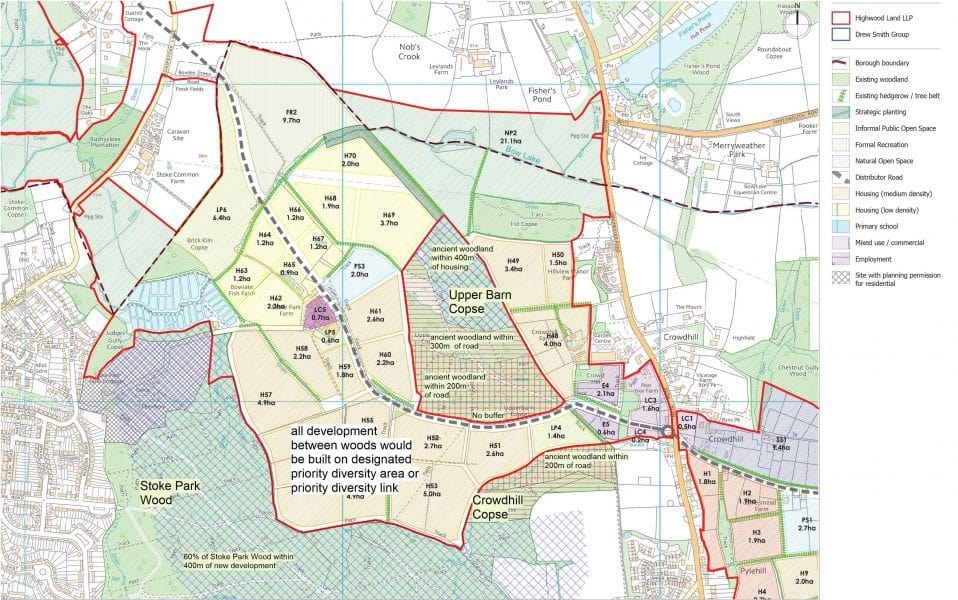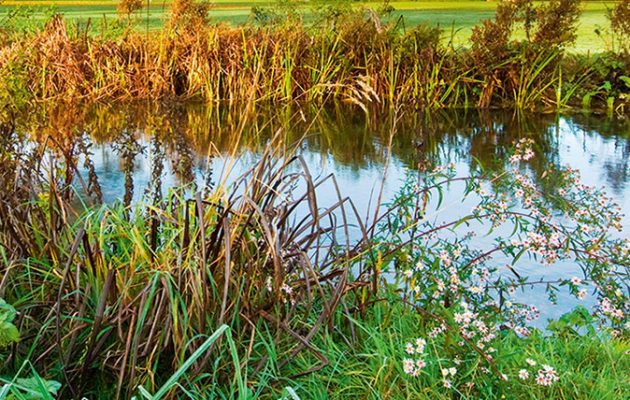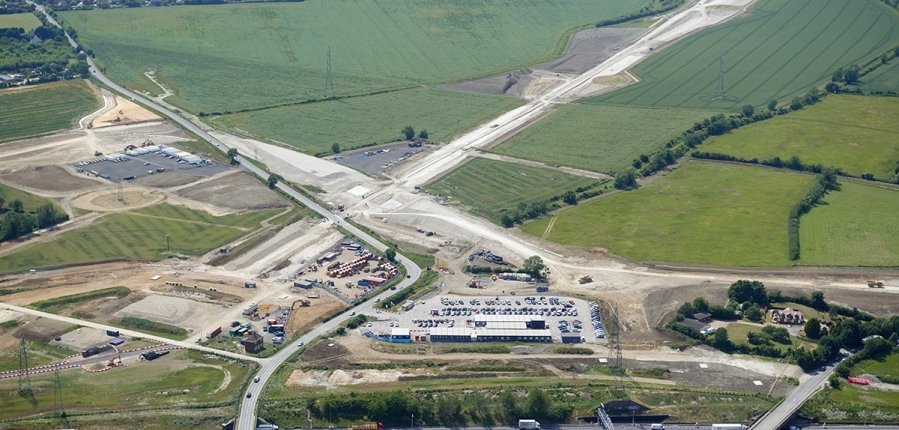Daily Telegraph, 27 March 2017: Chris Packham, the television naturalist, is backing a campaign to save the ancient woodland that inspired his passion for nature. Stoke Park Woods, in Eastleigh, Hampshire, are threatened by plans to build more than 6,000 homes on greenfield land and have the houses served by a bypass carved out between two protected woods.
The plans also threaten the River Itchen, designated as a Special Area of Conservation. Packham said, “Stoke Park Woods are where I learnt about wildlife as a kid, where I discovered my first kestrel nest.”


